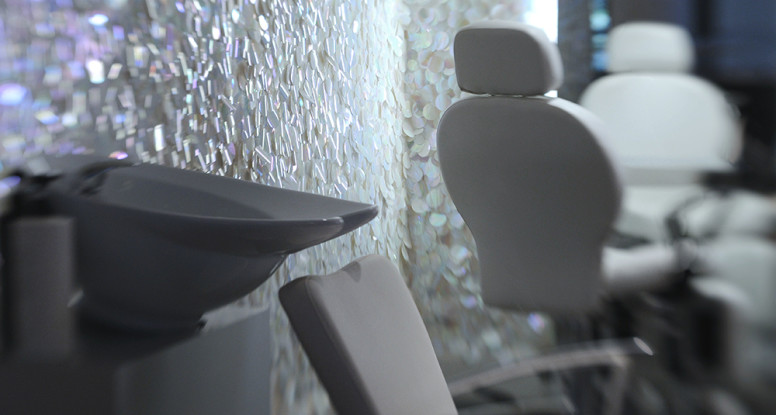
Modern Decorative Wallpaper
The History of Modern Decorative Wallpaper
Wall coverings are not a new idea. Homeowners have used items such as block printing, wood ornaments, paint and wallpaper to decorate walls in the home and other places. Historically, wallpaper has been used for many centuries. It is difficult to pin down exactly when the use of wallpaper began. Modern wallpaper continues to dominate as one of the all-time favorite sights in residences and business places.
The First Wall Paper Machine
As early as 200BC, the Chinese have been said to use rice as a wall covering. However, this was not considered as wallpaper according to modern-day definitions. Machine printed wallpaper was invented by Christophe-Philippe Oberkampf of France in 1785.
Christophe-Philippe Oberkampf is said to have used the first wallpaper printing machine to help with costly decorations. It was a way of combating the run-away high amounts that were being charged to install certain home decorations. Of course, this ornamental paper became very popular and is still in France, America and places around the world.
Louis Robert
Tradition has it that another Frenchman named Louis Robert invented the first continuous roll of wallpaper around the same time as Oberkampf’s machine. The earliest uses of hand-printed and stenciled wall coverings were done in France and England. The working class benefited most and enjoyed the lower-costing decorations.
Evidence show that walls in homes have been used as points of communication, such as in the caveman era. Cavemen would write on the walls of caves to convey a story. These important artistic moments are responsible for conveying early historical events and ideas of that era. Wallpaper tends to convey a different idea, that being class and taste.
Wallpaper Today
In modern days, walls are covered with paints, prints and ornaments as well. However, the utility of modern wallpaper is still attention-getting home decor, and some still tell stories of historical moments. When it comes to wallpaper, few decorations add as much to a room.
This wall covering is often enhanced with other materials, which makes the already pleasantly-papered view more interesting. There are additions to the wallpaper, such as velvet and other materials that give it a 3-D affect. The idea of wallpaper has been borrowed to mean any wall-covering technique. These other types of embossing can include straw, plaster, light metals and fabric. Many techniques have been used for wallpaper.
In most places, the selection of wallpaper is as important as furnishing choices. Also, there are designers who are noted for their decorative abilities, just as there are famous furniture makers. Enhancing a space with wallpaper is still popular in many places. Although wallpaper is in the wall-covering category, it remains in strong placement itself.
Decorating with wallpaper is a class act. It sets a room or space apart from painted walls. With personality in mind, there is sure to be a decorative texture that suits the individual. The enormous amount of styles from designers further implicates the arrival of modern times and modern wallpaper.
